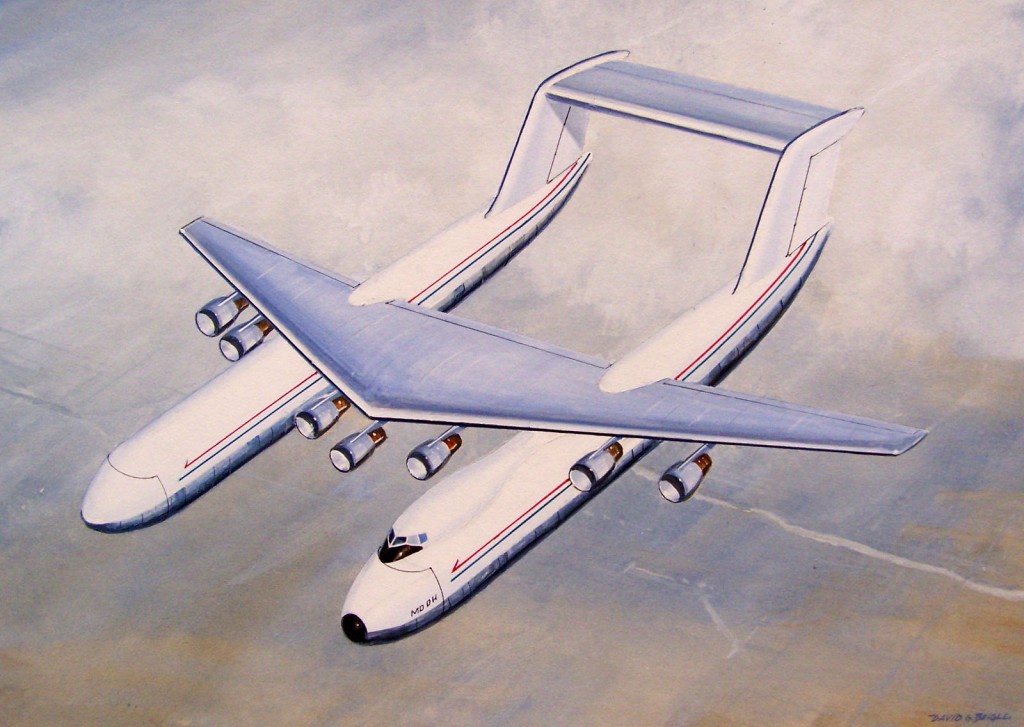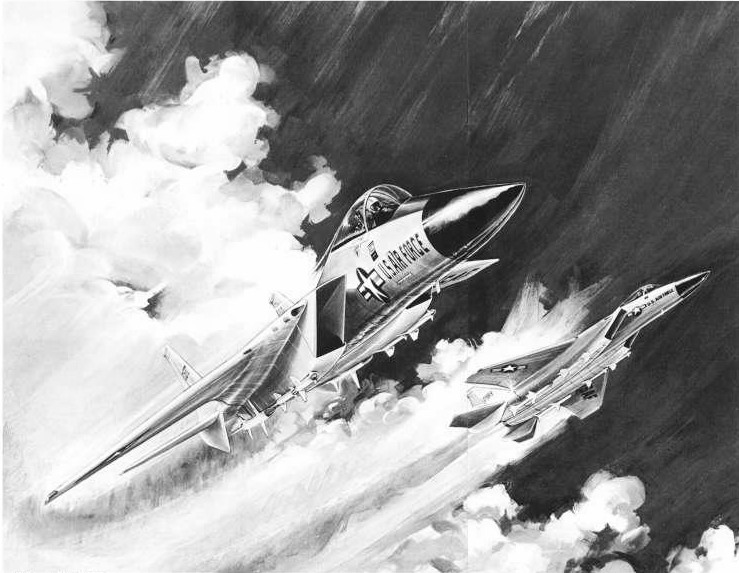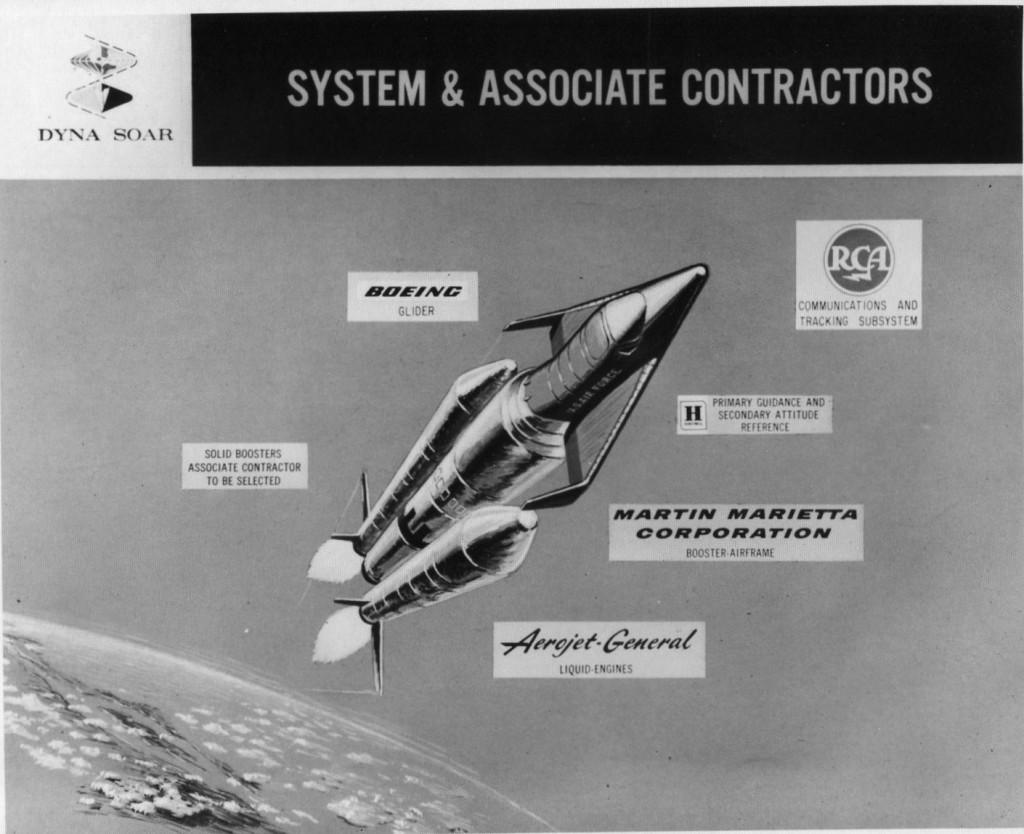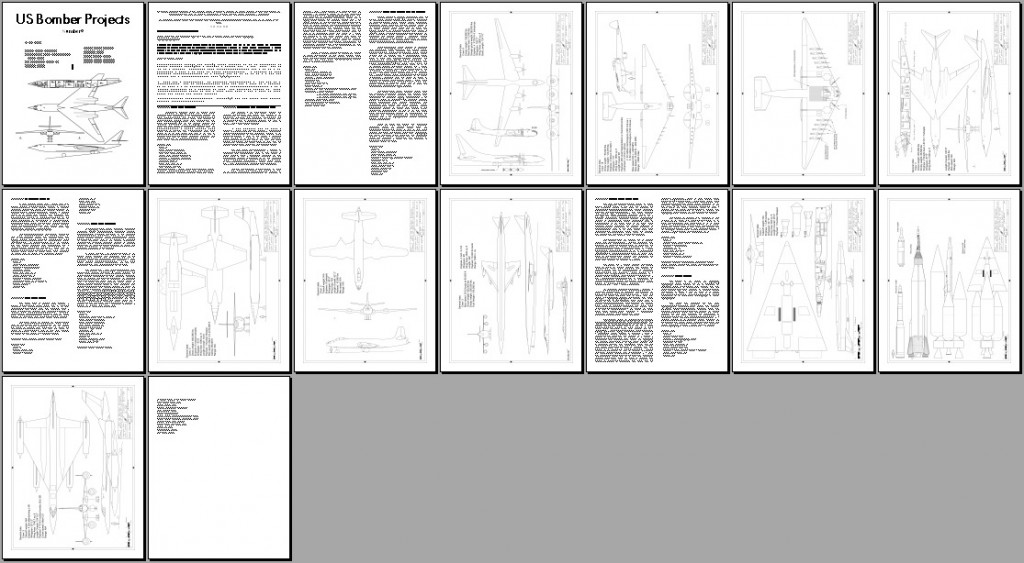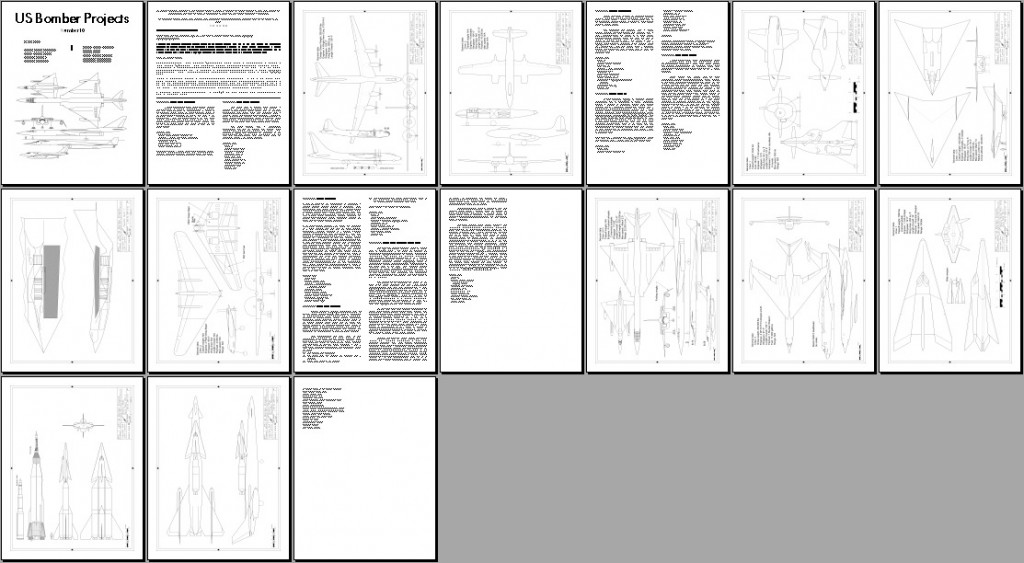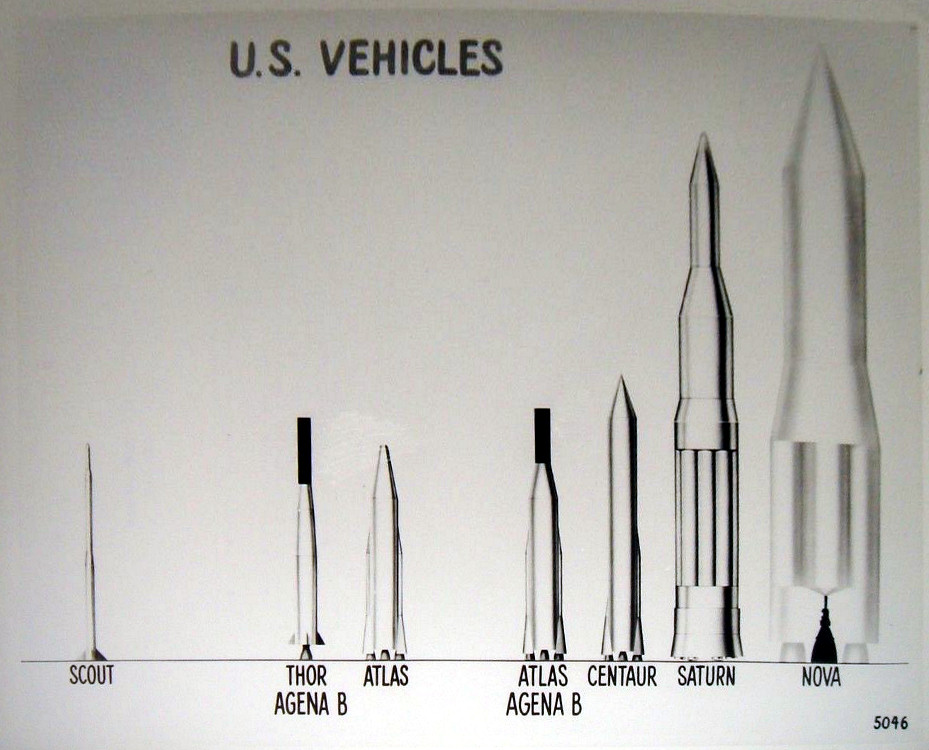Currently up on eBay is an original watercolor illustration of a McDonnell-Douglas cargo plane concept. Details are lean, but it looks like it dates from the 1980’s.
A multibody design make sense for heavy cargo lifters. By spreading the load across the wing, rather than suspending it from a single point, the wing is stressed considerably less. Of course, drag is noticeably increased and runways need to be wider.
This particular design seems a little odd… especially with the leading edge of the wing. Unless the aft fuselage is taller than the forward fuselage, or the wing is tilted up at a substantial angle of incidence, then the leading edge of the wing should be submerged into the upper fuselage, as the trailing edge is. Artistic oversight?
